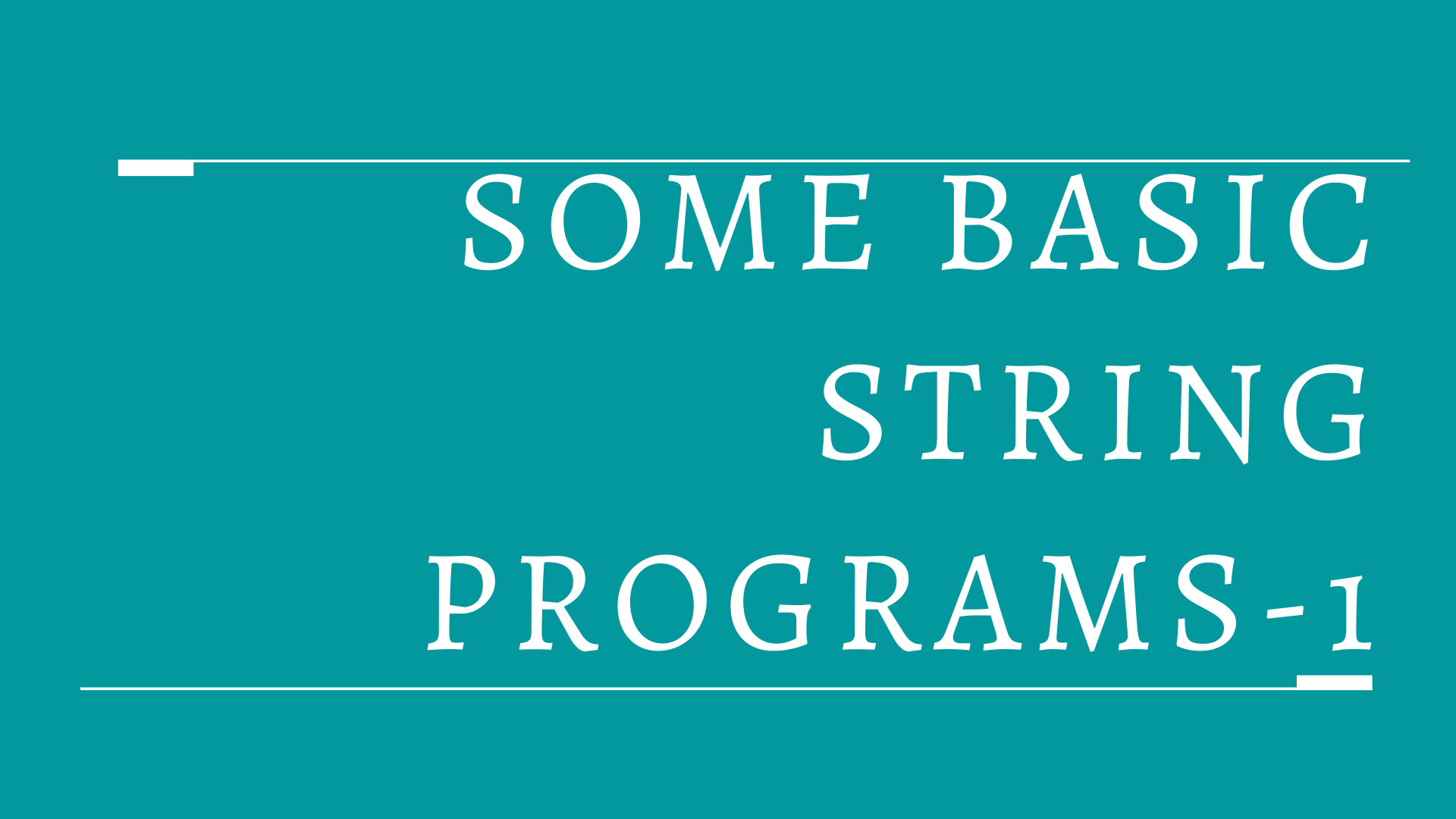String
A string is an immutable sequence of Unicode characters. Unicode includes every character in all languages. Python does not have a character data type, a single character is simply a substring with a length of 1 and can be accessed by using indexing. The string module contains several useful constants and classes, as well as many built-in methods. Strings in Python can be created by enclosing characters in single quotes or double quotes or even triple quotes.
#using single quotes
str1 = 'Python'
print(str1)
print(type(str1))
#Output: Python
<class 'str'>
#using double quotes
str2 = "Python"
print(str2)
#Output: Python
#using triple quotes
str3 = '''Python'''
print(str3)
#Output: Python
#triple are commomnly used for creating multiline strings
str4 = """Beta Python
!!!Python For You!!!!"""
print(str4)
#Output: Beta Python
!!!Python For You!!!
#using str()constructer method
num = 2376
str5 = str(num)
print("num:",num,"Type of num:",type(num))
print("string:",str5,"Type of string:",type(str5))
#Output: num: 2376 Type of num: <class 'int'>
string: 2376 Type of string: <class 'str'>
Python Program to Merge Two or More Strings
str1 = "Beta Python:"
str2 = "Python For You"
#using + operator
str3 = str1 + str2
str4 = str1 + " " + str2
print("Concatenate strings without space:",str3)
print("Concatenate strings with space:",str3)
#Output: Concatenate strings without space: Beta Python:Python For You
Concatenate strings with space: Beta Python: Python For You
#using join() method
str5 = "".join([str1, str2])
str6 = " ".join([str1, str2])
print("Concatenate strings without space:",str5)
print("Concatenate strings with space:",str6)
#Output: Concatenate strings without space: Beta Python:Python For You
Concatenate strings with space: Beta Python: Python For You
- The ‘+’ operator joins multiple strings together just like it adds multiple numbers together.
- The join() built-in string method combines all the elements of iterables passed and returns a concatenated string.
Python Program to Concatenate Triple quote Strings
str1 = """Beta
Python"""
str2 = '''Python:
For You'''
list_str1 = str1.splitlines()
list_str2 = str2.splitlines()
con_str = []
for i, j in zip(test_str1, list_str2):
con_str.append(" " + i.strip() + " " + j.strip())
con_str = '\n'.join(con_str)
print(con_str)
#Output: Beta Python:
Python For You
- The splitlines() built-in string method splits the string at line breaks and returns a list of words of the string.
- The zip() built-in method returns an iterator of tuples, grouping the similar index of multiple sequences so that they can be used as a single entity.
- The strip() built-in string method removes any spaces present at the beginning and at the end of the string.
Python Program to compare strings
str1 = "Python" str2 = "Python" print(str1 is str2) #Output: True print(str1 == str2) #Output: True str3 = ''.join(['Py', 'th', 'on']) str4 = ''.join(['Pyt', 'hon']) print(str3 is str4) #Output: False print(str3 == str4) #Output: True
- The is operator depicts if both the strings point to the same object.
- The == operator checks whether both the strings are equal.
Python program to print a string with quotes
#Using triple qoutes
str1 = """"Python" For You"""
print(str1)
#Output: "Python" For You
str2 = ''''Python' For You'''
print(str2)
#Output: 'Python' For You
str3 = """'Python' For You"""
print(str3)
#Output: 'Python' For You"
str4 = '''"Python" For You'''
print(str4)
#Output: "Python" For You
#using backslash ("\")
str5 = "\"Python\" For You"
print(str5)
#Output: "Python" For You
str6 = "\'Python\' For You"
print(str6)
#Output: 'Python' For You
- The backslash “\” is called an escape character in python. If a special character is prefixed with an escape character then it gets turned it into an ordinary string character.
Python Program to Print a String with a Backslash “\”
The backslash (“\”) character used as escape characters, directs the compiler to take a suitable action mapped to character prefixed with it.
#using \\ str1 = '''"\\" is a backslash''' print(str1) #Output: "\\" is a backslash #using raw string str2 = r'''"\" is a backslash''' print(str2) #Output: "\\" is a backslash
- A Python raw string treats backslash (‘\’) as a literal character. Without it, every backslash (‘\’) in a regular expression would have to be prefixed with another character to escape it. A string can be made raw string just by adding an ‘r’ or ‘R’ at the start of it.

